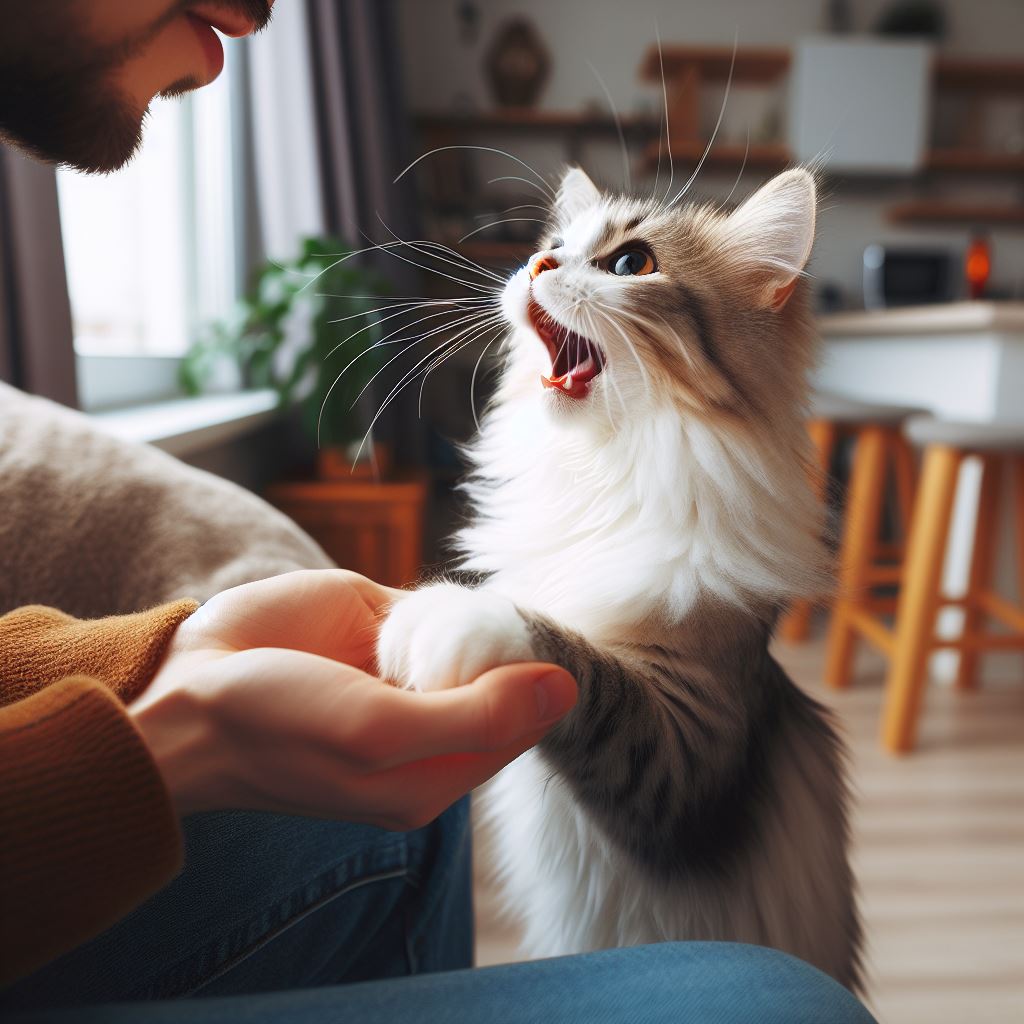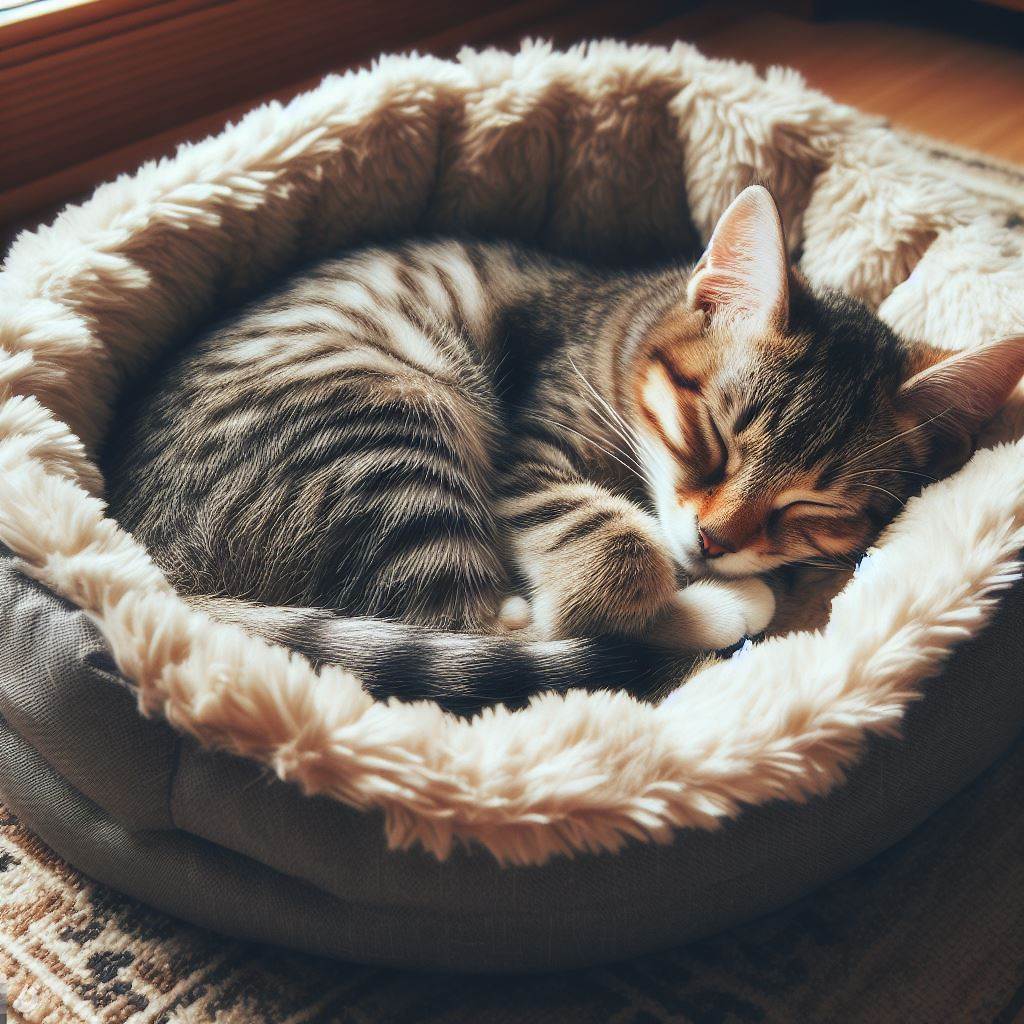Spaying, or neutering, is an important part of responsible pet ownership. This procedure prevents female cats from going into heat, getting pregnant, and contributing to feline overpopulation. However, it also causes changes in your cat’s hormones and behavior. As a pet parent, you need to know what to expect after spaying so you can help your cat through this transition. This comprehensive guide covers the key behavior changes, tips for managing them, and how to keep your spayed kitty happy and healthy.
Why Spaying Changes Behavior
Spaying involves removing a female cat’s ovaries and uterus. This eliminates the production of estrogen and progesterone – the hormones that control the reproductive cycle. As a result, your cat no longer goes into heat. The lack of hormones can impact your pet’s behavior and personality. Some cats have mild changes while others have more dramatic shifts. It depends on factors like your cat’s age at spaying and individual temperament.
On average, most female cats become calmer, more affectionate, less restless, and less likely to roam or try to escape after spaying. The extent of behavior changes varies from cat to cat. Know that your spayed kitty may act differently than before, but her core personality remains the same. With time and patience, she will settle into her new lifestyle.
Key Behavior Changes To Expect

Here are the most common feline behavior changes you may notice after spaying:
1. Decrease in Restlessness and Roaming
When female cats enter heat, they become restless, anxious, and vocal, and try persistently to escape and find a mate. Spaying eliminates this restless behavior associated with the reproductive cycle. Your cat no longer feels the urge to roam and mate, so she will be calmer and more content to stay indoors.
2. Less Aggression and Territorial Behavior
The hormones related to reproduction can make female cats more aggressive and territorial. They may urine mark, attack other pets, and become more possessive over territory and resources. Spaying curbs these aggressive tendencies and territorial behaviors. Your cat will be less likely to pick fights with other pets and more inclined to peacefully share territory and resources.
3. Increased Affection and Bonding
Without the distraction of going into heat, many spayed cats become more affectionate and attached to their owners. The bonding hormone oxytocin increases post-surgery. You may notice your spayed cat seeks more petting, cuddling, lap time, and attention from you. Take advantage of this to strengthen your bond through playtime and positive reinforcement.
4. Changes in Activity Levels
flamingos, and don’t realize how much energy all that mating behavior burned! Monitor your cat’s activity and appetite after spaying. Make sure she gets adequate exercise and adjust her diet if needed to maintain a healthy weight. Interactive playtime is a great way to keep her active and engaged.
5. Increased Vocalization and Attention-Seeking
Some spayed cats meow more frequently and demand more attention from their owners. The decrease in hormones can increase your cat’s dependence on you for stimulation and interaction. Play with your talkative kitty regularly so she feels less needy. Give her attention when she seeks it, but also set boundaries.
6. Changes in Sleeping Habits
Spaying alters sleep cycles and habits in some cats. Your cat may sleep more or less than before surgery. She may also switch from being active at night to sleeping more during the day. Gradually transition her to a new routine through scheduled playtime, meals, and affection.
Tips for Managing Behavior Changes
Spaying benefits your cat’s health and well-being in the long run. However, the behavior changes can be challenging to navigate at first. Here are some top tips for supporting your cat through this transition period:
- Keep her routine consistent – Drastic changes to environment, schedule, or care can worsen behavioral issues. Stick close to your cat’s old routines, especially for feeding and playtime.
- Give her space – Some cats want more alone time as they adjust post-surgery. Provide cozy, quiet spots where your cat can retreat when needed.
- Use calming aids – Try Feliway pheromone diffusers or calming treats/supplements to reduce stress and anxiety.
- Be patient – Your cat’s new behaviors should improve with time but don’t expect an overnight change. Give it a few months for her to settle into spayed life.
- Ask your vet for advice – If concerning behavioral problems persist beyond 3 months post-surgery, consult your vet for guidance. Medication may help in some cases.
- Provide interactive playtime – Increase play sessions to burn energy and provide mental stimulation. Toys, wand toys, treat puzzles, and training are great interactive activities.
- Reinforce good behavior – Use treats, praise, and affection to reward and motivate positive behaviors. This boosts your cat’s confidence and trust in you.
- Watch her diet – Avoid weight gain by measuring food portions and providing regular exercise. Obesity can worsen behavior issues.
Stay observant of changes in the weeks after spaying. Respond with patience, care, and positive reinforcement. You may be surprised by how quickly your cat adapts and gets back to her usual happy self!
Long-Term Health Benefits of Spaying Your Cat

Spaying is one of the most important healthcare choices you can make for your female cat’s well-being and longevity. Here are the top health benefits:
- Eliminates uterine infections – Pyometra, a serious uterine infection, is life-threatening if left untreated. Spaying removes this risk.
- Reduces mammary cancer risk – Spaying before the first heat eliminates nearly all risks of mammary tumors, the most common feline cancer.
- Avoids pregnancy complications – Pregnancy and birthing kittens drastically taxes your cat’s body and carries health risks at any age. Spaying prevents this.
- Extended lifespan – Neutered cats live 62% longer on average compared to intact cats, who are prone to disease and injury from mating behaviors.
While spaying surgery seems drastic, it’s a quick procedure with minimal risk. Your cat will be back to normal in just 2 weeks! When you weigh temporary behavior changes against the huge health benefits, spaying is absolutely worth it for your cat’s happiness and longevity.
Answers to Common Questions About Spaying Recovery:
Spaying is routine, but you likely still have plenty of questions about your cat’s surgery and recovery process. Here are some quick answers to common concerns:
How long does spaying surgery take?
The actual surgery takes 15-30 minutes. But your cat will be at the vet clinic for most of the day for prep, anesthesia, and post-op monitoring.
Will my cat be in pain?
There will be some discomfort, but your vet will provide pain medication to keep her comfortable. Limit activity to allow rest and healing. Pain should resolve within a week.
How long will recovery take?
Most cats bounce back to normal within 1-2 weeks. However, behavioral changes may take 3 months to fully subside.
When can my cat resume normal activity?
Restrict activity for 10-14 days post-surgery, then slowly ease her back to regular play and exercise. Wait at least 1 month before allowing free outdoor access.
How soon after spaying can my cat be around other pets?
Keep your spayed cat separated from other household pets for 1 week post-surgery. This prevents rough play that could tear internal stitches while she heals.
Do I need to change my cat’s diet after spaying?
Monitor appetite and weight closely. Adjust portions if needed to prevent obesity. Your vet can recommend an ideal diet for spayed cats. Wet food helps provide extra hydration.
Still have questions? Don’t hesitate to call your veterinarian. They want to ensure your cat has a smooth recovery and adjustment period.
In Summary:
- Spaying female cats causes hormone changes that often impact behavior. Common changes include decreased restlessness, less aggression, increased affection, and altered activity levels.
- Allow 2-3 months for your cat to adjust to behavioral changes before you worry. Provide patience, routine, interactive play, calming aids, and veterinary guidance as needed.
- The benefits clearly outweigh the temporary behavior changes. Spaying improves your cat’s health, lifespan, cancer risk, and reduces overpopulation.
- Recovery takes 1-2 weeks. Use care while your cat heals, and call the vet if you have any concerns. Listen to your cat’s needs and show her extra love as you both adapt.
The spaying recovery period has its challenges, but the payoff is years of improved health and happiness for your beloved cat. Don’t hesitate to speak to your veterinarian if your cat is having a hard time adjusting. With preparation and support, your spayed kitty will be back to her old vibrant self in no time.




